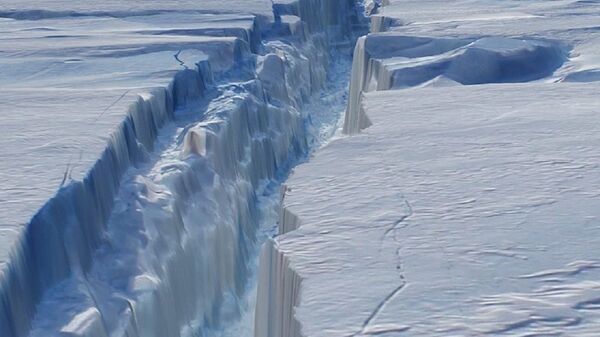The Lost Meteorites of Antarctica expedition from Britain has headed to the ice-capped continent to scan a remote area in search for rare rocks that could give them chemical and physical clues about what it was like when our solar system was young.
The scientific party from the University of Manchester will search for one specific type of space “travellers” consisting of so-called meteoritic iron (which is an iron-nickel alloy). These space rocks are thought to have broken off small planet-like objects that formed larger planets billions of years ago and are considered hard to find, as they make up only 5% of meteorites falling to Earth each year. Their qualities can also be changed due to rain and other natural circumstances.
"This group of meteorites have an intrinsic scientific interest in that they tell us how small bodies formed and evolved in the early part of solar system history — around 4.5 billion years ago", meteoriticist Katherine Joy from the University of Manchester revealed to Fox News.
However, this is no easy task, as meteorites are rarely discovered in Antarctica. As the researchers suggest, this can be explained by the high temperatures of these meteorites, which makes it easy for them to go through the ice. Metal detectors are hoped will do the trick and help overcome this difficulty.
"We have hypothesised that these iron meteorites are lying just underneath the surface of the ice out of sight. Hopefully, we can find some this season by using a metal-detector based approach", mathematician Geoff Evatt from the University of Manchester, who headed to Antarctica with the expedition, told Live Science.
However, this would not be an ordinary metal detector like those often seen on beaches around the world. Snowmobiles are set to tow two specially designed wide-array devices with five-metre-wide detectors. They are launching their search operation near the Shackleton Range of mountains, southeast of the Weddell Sea – in an area that is 750 km from the nearest base.


